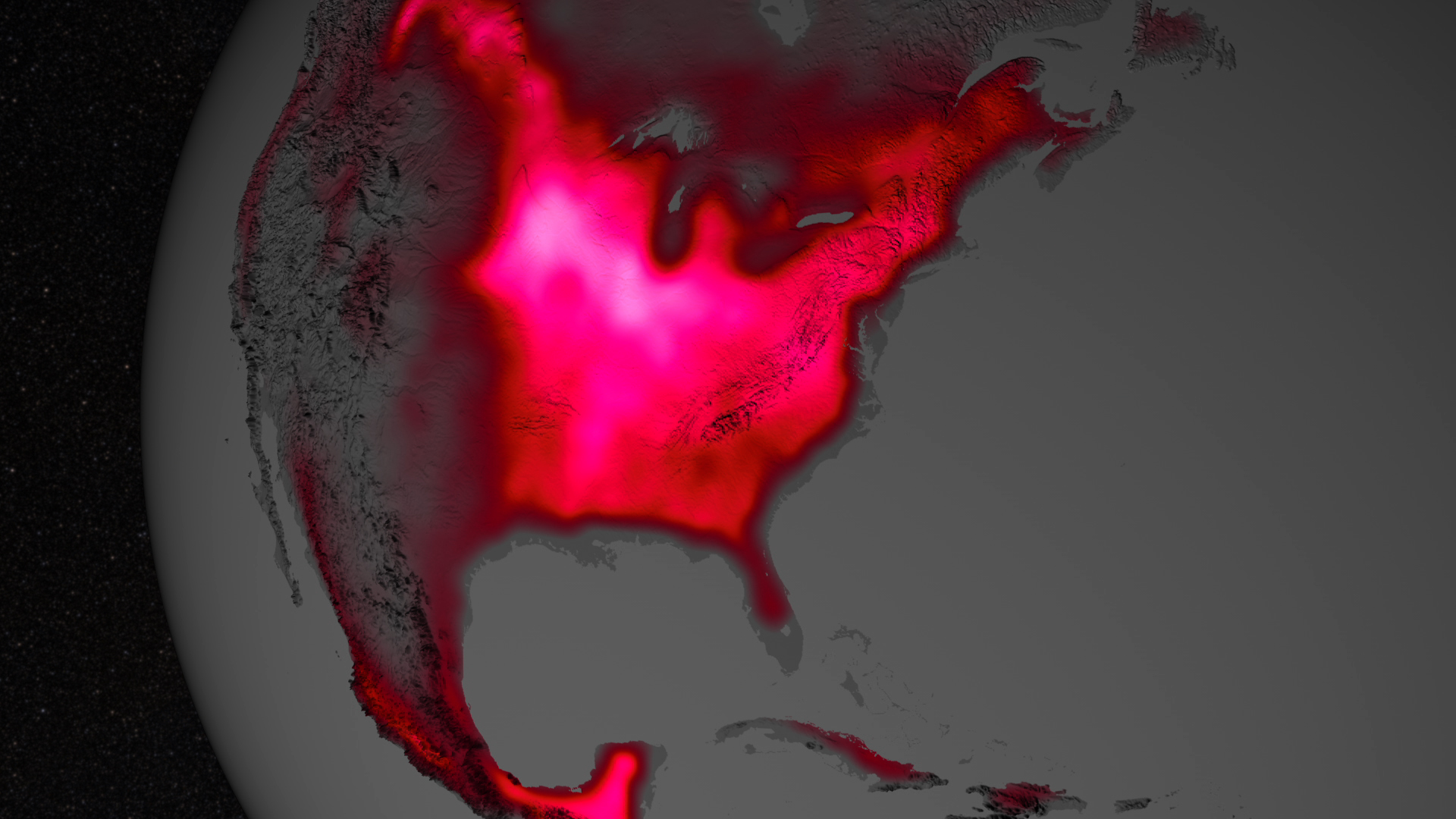If you no-till in the U.S. Corn Belt, you’re growing some of the most productive plants in the world.
According to NASA and university scientists, the Midwest boasts more photosynthetic activity during the Northern Hemisphere’s growing season than any other spot on Earth.
Research led by Joanna Joiner of NASA’s Goddard Space Flight Center discovered that the fluorescent glow emitted from chlorophyll can be teased out of data collected by satellites. Luis Guanter of the Free University of Berlin led research that used the data for the first time to estimate the photosynthesis from agriculture.
The magnitude of fluorescence portrayed in this visualization prompted researchers to take a closer look at the productivity of the U.S. Corn Belt. The glow represents fluorescence measured from land plants in early July, over a period from 2007 to 2011.
NASA says the magnitude glow is an excellent indicator of photosynthesis levels, or gross productivity, of plants in a given region.
Christian Frankenberg of NASA’s Jet Propulsion Laboratory says the fluorescence is “a much better proxy for agriculture productivity than we’ve ever had before. This can go a long way regarding monitoring — and maybe even predicting — regional crop yields.”
The Tropics are the most productive region on an annual basis. But when the Corn Belt’s fluorescence peaks in July, it reaches levels 40% greater than those observed in the Amazon, Frankenberg says.
With a new growing season on the horizon, remember that if you’re no-tilling in the Corn Belt, your hard work is raising some of the most productive crops on the planet — and you’re doing it in a way that preserves soil productivity for future generations.
|
Laura Allen, |







Post a comment
Report Abusive Comment